Imola: Where Ayrton left his heart
This November, Imola – where Senna and Ratzenberger died in 1994 – will host its first grand prix in 14 years. Adam Cooper charts the fall and rise of the historic circuit

Alonso, San Marino GP, 2004
Motor-racing history hangs in the air in the bucolic surroundings of the Imola circuit, where the streets honour names such as Tazio Nuvolari, Alberto Ascari and Luigi Musso.
Under the trees in the Parco Acque Minerali you will find the Ayrton Senna memorial, adjacent to the Tamburello corner where the Brazilian lost his life in the 1994 San Marino Grand Prix.
What captures the attention is not so much the bronze statue itself as the messages, flags and memorabilia attached to the debris fence behind it, left by fans from around the world who have made the pilgrimage to salute their hero.
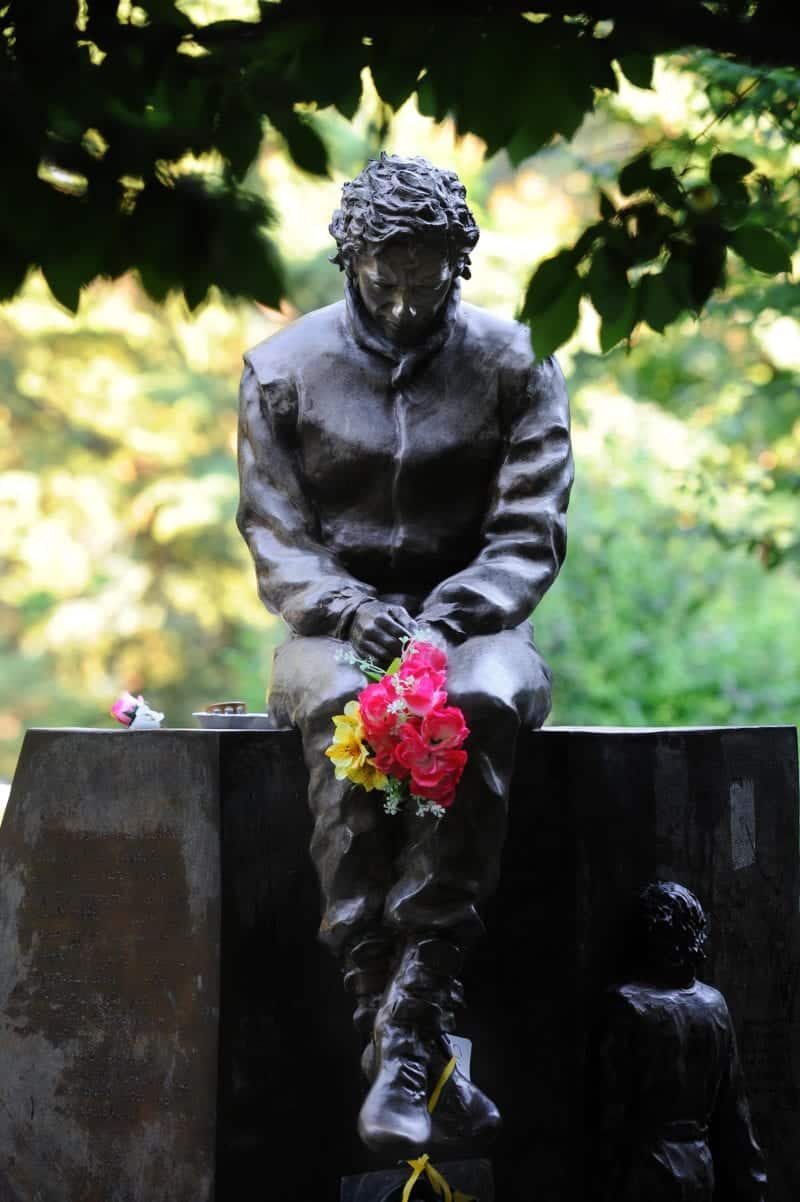
Poignant and peaceful, Imola’s Monument to Ayrton Senna is in a trackside park
DPPI
Inevitably the Imola name will always be linked with the tragic weekend that cost the lives of Senna and Roland Ratzenberger. However, a new chapter in the circuit’s story will be written this year when, after a 14-year absence, F1 returns for the Emilia Romagna Grand Prix on November 1.
Imola has emerged from the ghosts of the past thanks to the drive and the determination of one man. The venue’s CEO and chairman, Uberto Selvatico Estense, has spent over a decade trying to get F1 back, and amid the unusual circumstances of 2020, he has finally succeeded.
“I can’t say how happy I am,” he smiles. “Because it was a really long dream since I was a child attending F1 here in Imola. And now I can say that I’m the organiser and the promoter of the grand prix in Imola. It’s really something unbelievable. The people in Imola, when they meet me they thank me, and say they are so happy for this opportunity to have F1 back again. It’s really something great.”
He’s not exaggerating. When I joined him for an evening stroll through Imola’s ancient centre several locals came up to shake Selvatico Estense’s hand and ask how preparations were going. The city’s motor sport heritage means a lot in these parts.
“They used to race on the roads before the circuit was born,” he says. “In 1953 they decided to close the circuit, and it became permanent. But the pure passion of the people was born before that date. We have some documents from 1923 when people used to race around the Monte Castellaccio hills. It’s something in the DNA of this city.”
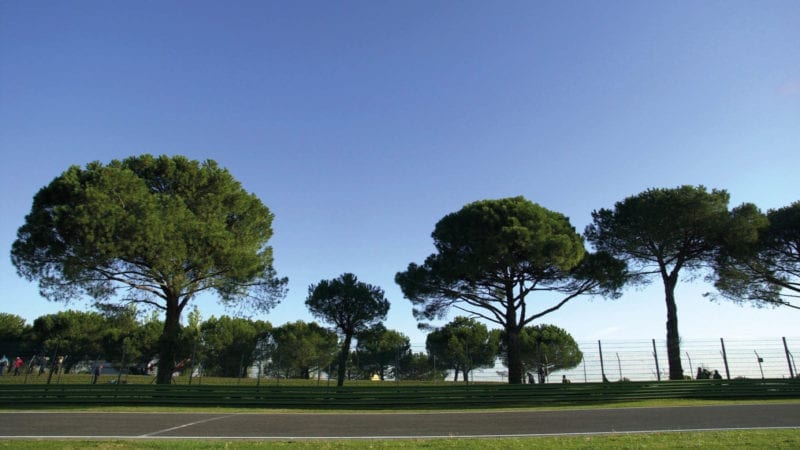
Despite revisions, Imola retains a park feel
There’s symmetry in the fact that Imola is returning to the schedule exactly 40 years after it hosted the Italian GP for the first and only time. However, its F1 history goes back even further than that, for in April 1963 the venue hosted a non-championship race. Team Lotus sent a pair of cars for Jim Clark and Trevor Taylor, and with Scuderia Ferrari failing to show, Clark dominated in a field otherwise compromised of private entries.
That event proved to be a one-off, and Imola slipped into a role as one of the many second-division Italian circuits that had to exist in the shadow of mighty Monza.
It was in the late 1970s that a push for a grand prix began. Renaming the circuit in honour of Enzo Ferrari’s late son Dino ensured priceless support from Il Commendatore, and the venue was granted a non-championship F1 race in September 1979, won by Brabham’s Niki Lauda. Everyone liked the track, but visitors were not hugely impressed by the facilities.
Amid some complex domestic politics surrounding Monza, the Italian GP was run at Imola in 1980. By then new pit buildings had been constructed, and no one doubted that the circuit deserved to host a race.
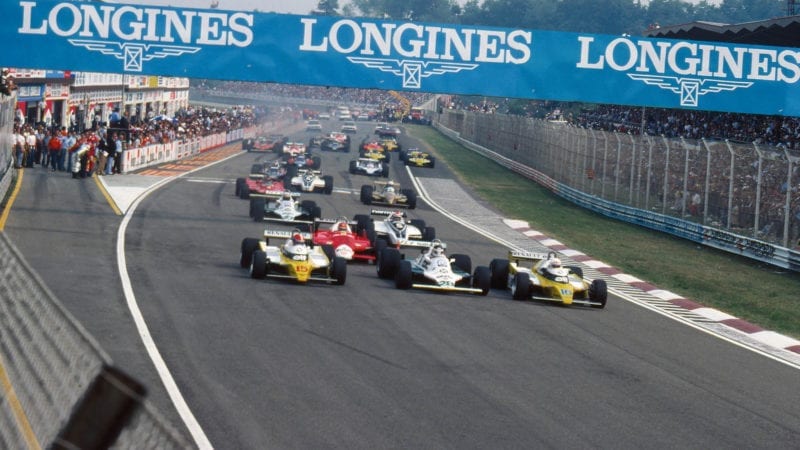
For one year only, 1980, the Italian Grand Prix was held at Imola. The Renaults of Jean-Pierre Jabouille (15) and René Arnoux (16) flank the Williams FW07 of Carlos Reutemann
Monza reclaimed the Italian GP in 1981, but Bernie Ecclestone agreed to hold a second race in the country under the San Marino name. The spring event would be a popular fixture on the calendar for 26 years. Everyone loved the challenging circuit and its picture-postcard surroundings, and it usually produced a memorable race.
Inevitably the tragic 1994 weekend had a huge impact on people’s perceptions, but Imola survived. However, at the end of 2006 it was announced that there would be no race the following year – venue operator SAGIS had been unable to conclude a new contract with Ecclestone.
Times were changing as a new breed of Hermann Tilke-designed circuits, invariably bankrolled by governments, began to emerge. Bahrain and China joined the schedule in 2004, Turkey followed in 2005, and the likes of Singapore, Abu Dhabi and Valencia were in the planning stages. Imola was priced out of the market.
“I was not involved,” says Selvatico Estense, “but I’ve spoken with Bernie on this matter. I think that at that time the people in Imola made a lot of mistakes. It was a combination of money, political issues and different matters. Everything changed, the way of thinking, the way of approaching the F1 game. At that time it was impossible for Imola to think about paying such a high promoter fee. They were not able to continue dealing with Bernie and FOM [Formula One Management] and something broke.”
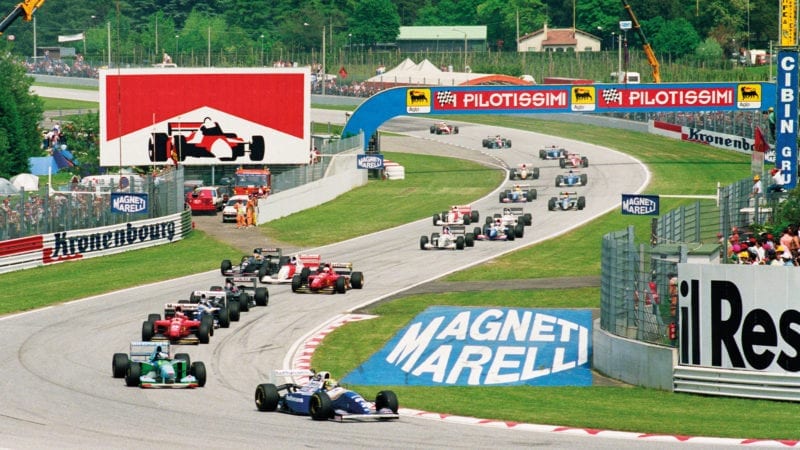
Senna leads at Imola in 1994; he crashed at Tamburello on lap 7
Following an ill-judged ‘build it and they will come back’ philosophy, SAGIS promptly demolished the existing pit and race-control facilities and built an expensive complex. Work, overseen by Tilke, also involved the removal of the Variante Bassa chicane, lengthening the pit straight.
SAGIS duly went bankrupt in 2007 and a new publicly owned company, Formula Imola, grew out of the ashes. Selvatico Estense joined as its boss in 2009.
Then only 39, he had already built up a successful high street currency exchange business, and had interests in engineering. A native of Imola, he was steeped in motor sport. His father was the Italian importer for Spain’s Montesa motorcycle brand, and owned a Ferrari 250 MM.
Selvatico Estense’s dream was to bring F1 back, and the first step was to rebuild Imola’s fractured relationship with Ecclestone.
“Bernie was interested to come to Imola again,” he recalls. “Because of the history, because of the environment, because of the passion of the people here, and also because we are in the motor valley, so we are so close to Ferrari, Lamborghini and AlphaTauri.”
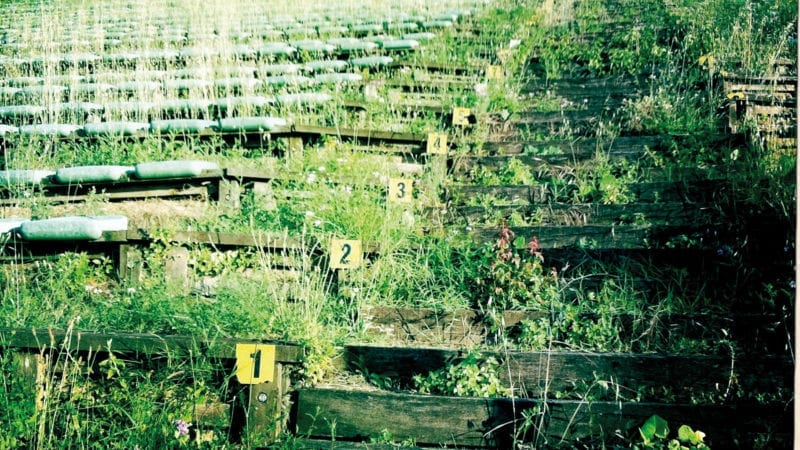
Fan tributes and terraces, where it is hoped that 13,000 fans can sit this year
An opportunity to claim the Italian GP arose in 2016, when Monza’s contract was about to expire. As so often in the past the race’s future was clouded by financial and political issues. However, powerful Automobile Club d’Italia boss Angelo Sticchi Damiani, not a great fan of Imola, was determined to keep it at its traditional home. “At that time Monza was struggling to stay in the calendar,” says Selvatico Estense. “We had more than hopes. We achieved a finalised contract with Bernie, and the only clause was a condition about the money from the government.
“And then it began to be a race to increase the price, and we were not in the position to afford that kind of solution. Of course, the Lombardy region [home of Monza] is the most powerful region in Italy, so they pushed a lot. Eventually, they won.”
Imola still hoped to run a second Italian race – reviving the San Marino name was an option – but the takeover by Liberty Media and Ecclestone’s abrupt departure killed any momentum that had been established.
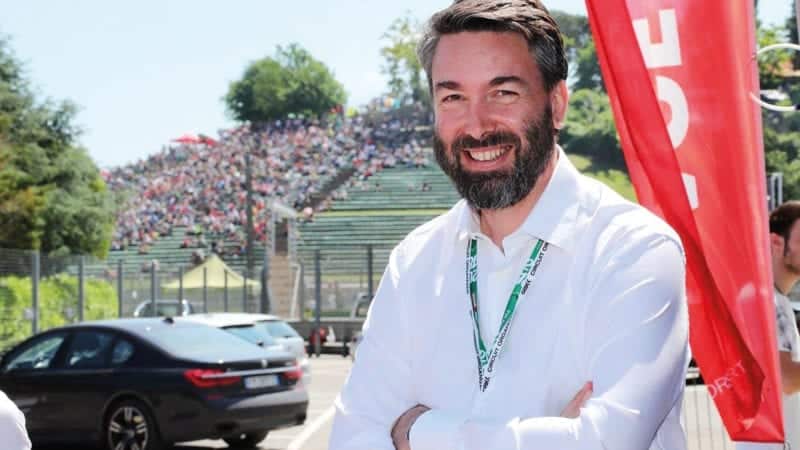
The most popular man in town, Uberto Selvatico Estense, is also its happiest
Selvatico Estense didn’t give up, although he had to start afresh with new F1 boss Chase Carey. In February this year he saw a chance when the Chinese GP became the first event to fall foul of the Covid-19 crisis.
“We were always thinking about F1, and we wrote to Chase to ask for an opportunity to replace China in case they needed us. Then things changed so fast because of Coronavirus, and it seemed impossible.”
Just weeks after Imola made its pitch, Italy became Europe’s Covid-19 hotspot and the prospect of major events running in the country in 2020 looked unlikely. However, by late April there were already signs of improvement. With many races falling by the wayside and F1 looking to rebuild a viable calendar, Selvatico Estense tried again.
His efforts received a useful boost when on June 24 the AlphaTauri team used Imola for a pre-season test. Drivers Pierre Gasly and Daniil Kvyat raved about the track.
Imola’s initial pitch to F1 involved a September date, straight after Monza, and it looked promising.
“We started with this idea of the back- to-back, and the F1 people, I think, were impressed by this idea in order to facilitate all the logistic and transport issues. We sent them some offers, some quotes, about the possible situation. Then the ACI became involved in the matter.”
Mugello appeared on the scene as an alternative second Italian venue, with backing from both the ACI and the Tuscan region, and the appealing prospect of it being track- owner Ferrari’s 1000th race. The concept proved irresistible to Liberty, and Mugello was given the post-Monza September date.
“I think that it was an ACI idea. I can understand that Mr Sticchi Damiani would like to push in the direction of Ferrari. But I was a little bit destroyed…”
Selvatico Estense didn’t give up. He pitched for a third Italian slot later in the year and, inspired by Mugello’s use of the Tuscan GP name, he canvassed hard for support from the Emilia Romagna region.
When F1 abandoned its efforts to save the autumn races in the Americas, Imola was handed the November 1 date and a unique two-day format due to transport issues from the previous weekend’s race at Portimão.
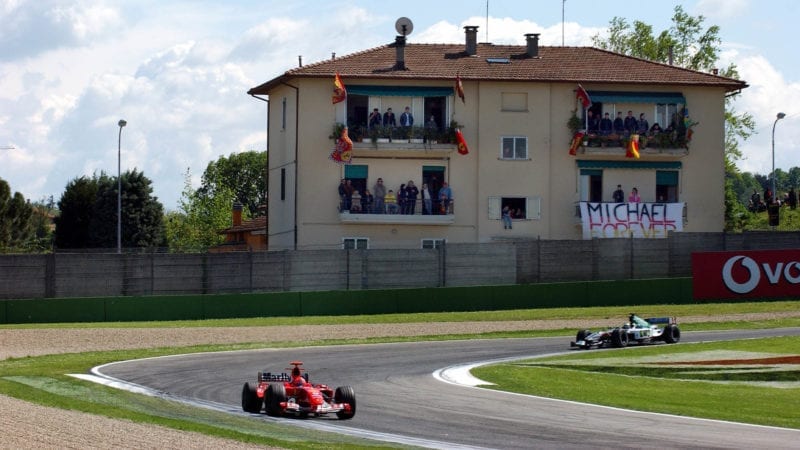
Michael Schumacher’s Ferrari passes the best seats in the house – the apartments overlooking the Rivazza corners, 2004
It is no secret that Liberty rented Silverstone for the two GPs in August, but as the calendar grew and more venues pitched for races, different commercial deals were agreed.
“I think that at Silverstone they have been lucky. Maybe we could be in the same position, but when Mugello came out, we had to change our strategy. And because the Emilia Romagna region supported us, we succeeded in the end. The business model was changed from the beginning.”
Instead of paying a fee, the plan is that Imola and F1 will split the proceeds of the 13,000 tickets, and Selvatico Estense sees that sort of deal as the way forward.
Apart from the new pits and the absence of the final chicane, the venue is pretty much as it was in 2006. Drivers raised on Tilke circuits with acres of asphalt run-off areas loved old-school Mugello, and Imola is another step. Mistakes will be punished, in places by walls as well as gravel traps. That’s not meant to suggest that the track is unsafe.
“We worked hard during these years to prepare and to maintain the F1 homologation. Of course, in our heart remained the dream to have F1 back. We made a lot of effort, because some changes were not so cheap. But we were surprised when [FIA race director] Michael Masi told us that we had to make less works than Monza and Mugello. He likes the design, he likes our run-off area, our solution for everything. So really, we don’t have so much to do.
It promises to be an exciting weekend.
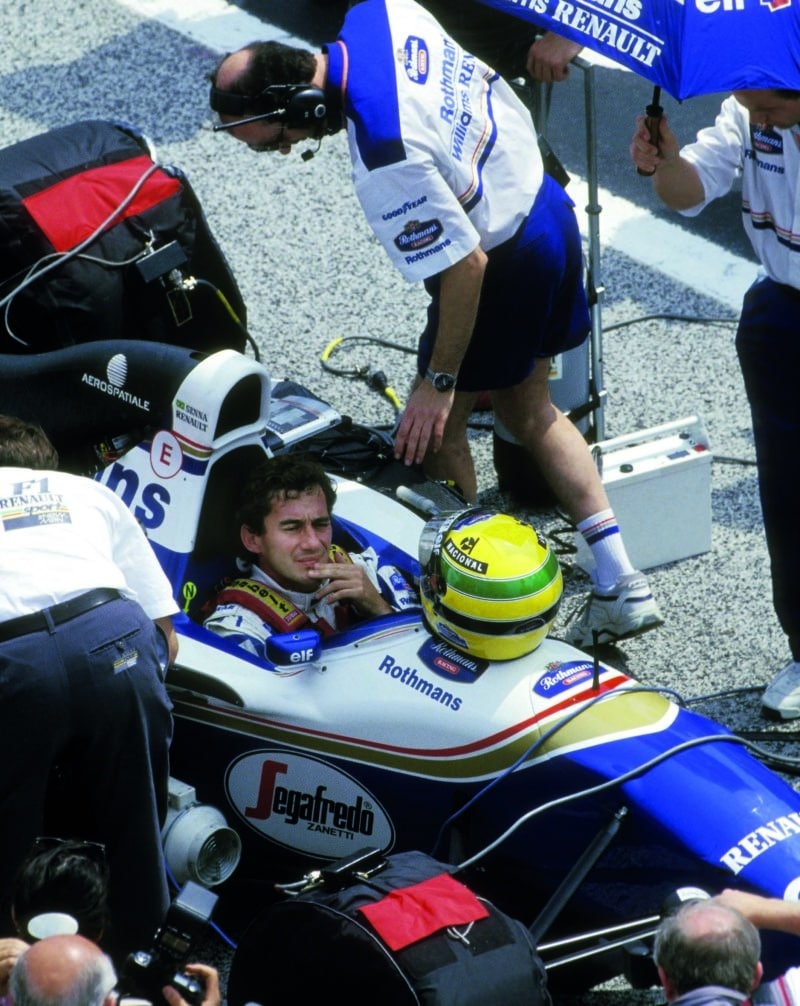
The starting grid at Imola, 1994. Senna was in an emotional state following the death of Ratzenberger and had spoken to former rival Alain Prost about the need to improve safety
DPPI
What of the future? Carey wants to return to a normal calendar next year, but logic suggests that some of the races cancelled in 2020 will still not be viable, and F1 will have to call again on venues that stepped in. Imola wants to be high on the list of candidates.
“It will depend what will happen with Covid, and also on the economic situation. What is sure is that we are interested to discuss it with them. Our race will be an opportunity to know each other better, and to verify our skills and the level of the circuit in order to maintain this race in Imola.”
Senna will no doubt be mentioned often during the Emilia Romagna GP weekend. Perhaps a generation of F1 drivers who have never been to the track, along with others who have come to the sport since 2006, will find the time to visit the memorial, and indeed the one a few hundred metres away that honours Gilles Villeneuve.
“We have a lot of respect about Senna,” says Selvatico Estense. “And in a certain way we think that he chose to leave his heart here, to remain with his soul in this land. I know it’s a little bit of a romantic approach, but the people here thought that Senna was a hero. They remember him every year, and a lot of people come from every part of the world to see not where Senna died, but where Senna decided to stay.”
